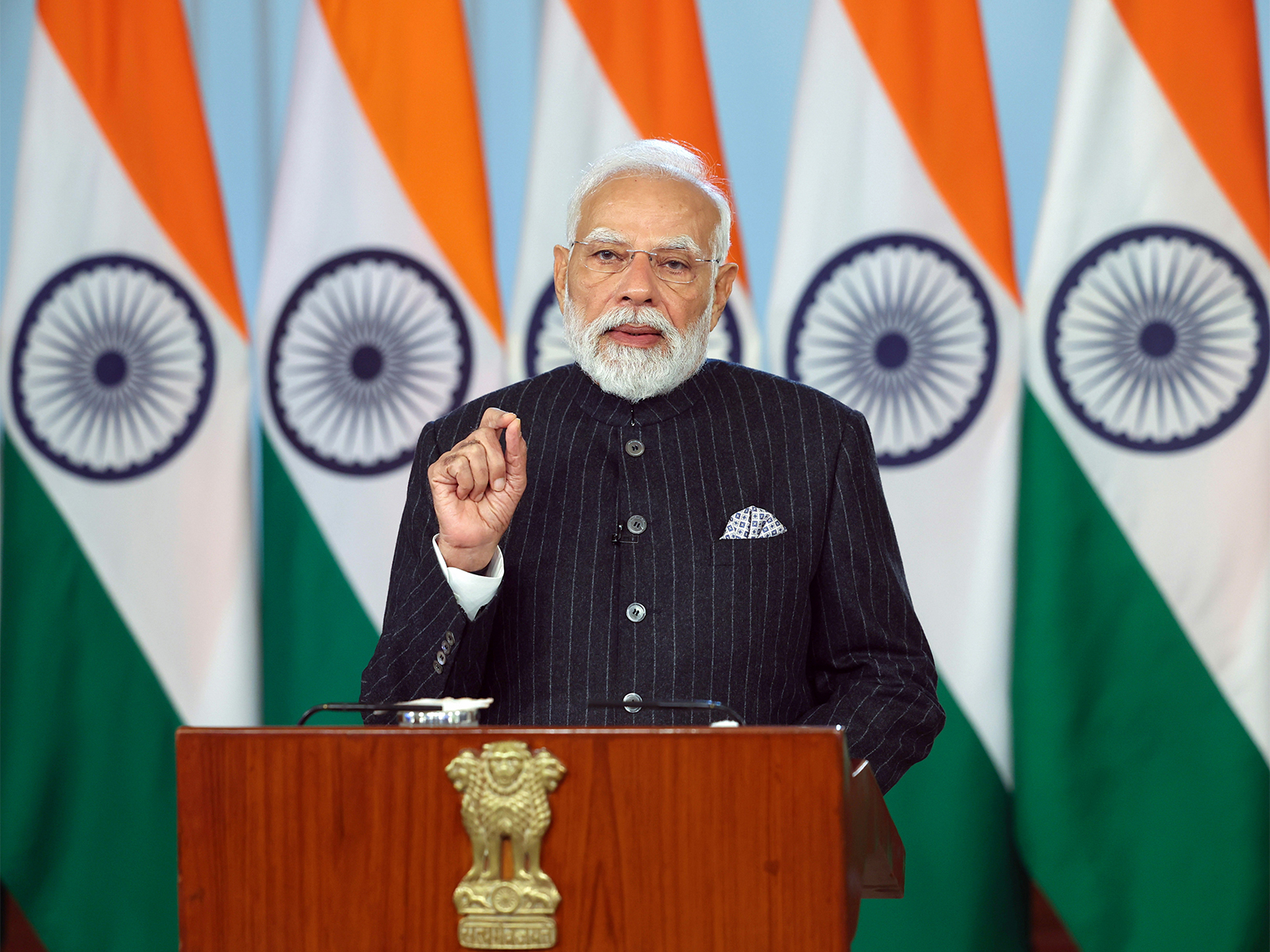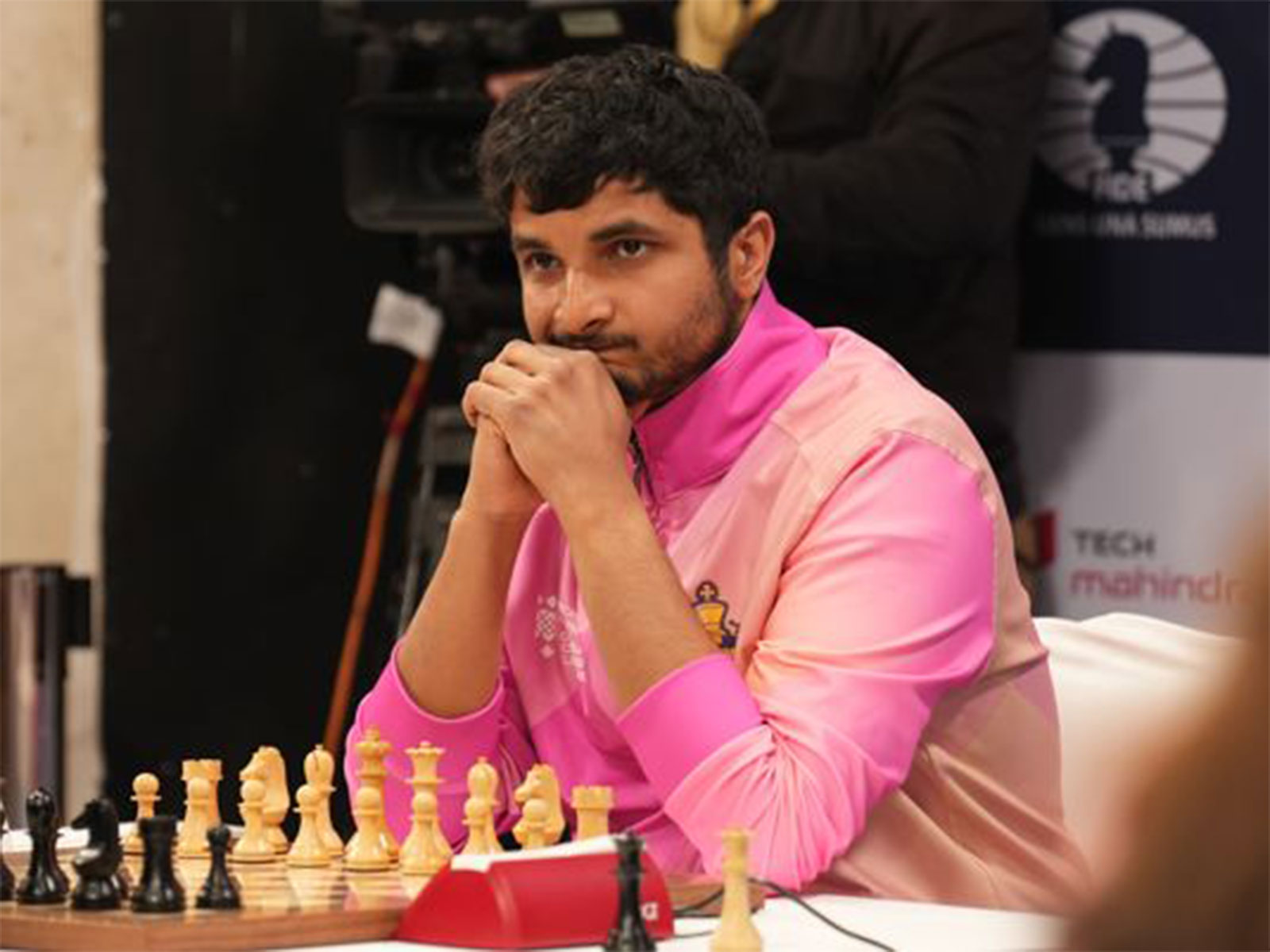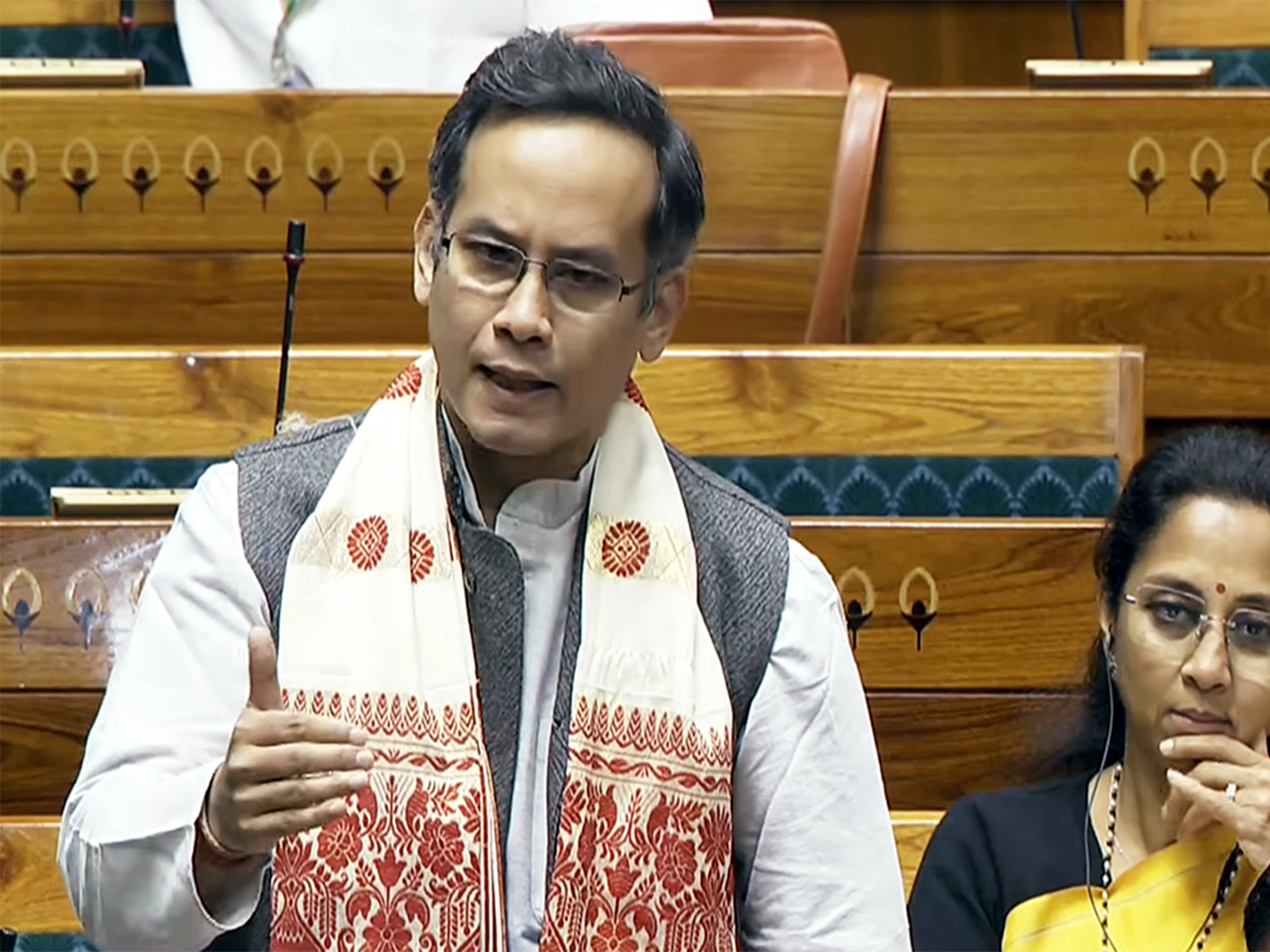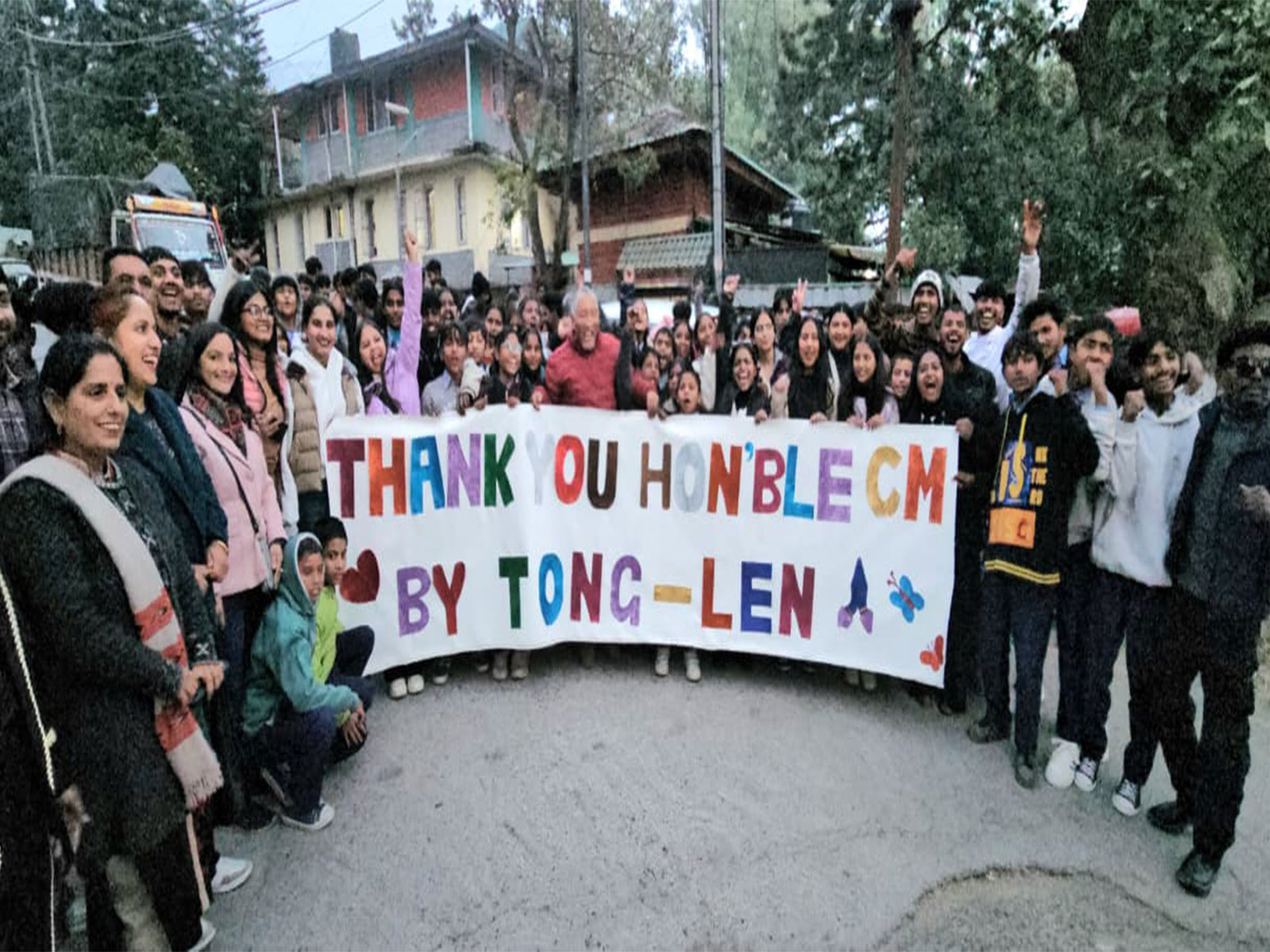Iranian drones in Ukraine threaten infrastructure but cannot influence the outcome of war
Oct 24, 2022

By John Solomou
Nicosia [Cyprus] October 24 : In an apparent retaliation for recent Ukrainian successes in the war between Ukraine and Russia and for the bombing of a bridge linking Russia with Crimea, the Russian military has started sending swarms of Iranian "kamikaze" drones against Ukrainian capital Kyiv and other cities, destroying critical infrastructure- mainly power stations- railways and blocks of flats and terrorizing citizens. Military analysts say that the use of drones is unlikely to change the outcome of the war in Ukraine.
About 28 suicide drones were launched against Kyiv last Monday, and an unknown number in other cities, destroying about one-third of Ukraine's power stations and forcing the government to impose restrictions on electricity use. Only four deaths of civilians have been reported so far.
These drones are called suicide or "kamikaze" because they explode and are destroyed in the attack. They are named after the Japanese fighter pilots who carried out suicide missions in World War Two.
Iranian- made Shahed-136 drones cost about 20,000 dollars, carry approximately 40 kg of explosives and are ten times cheaper than other drones in use. The technology they use is not as sophisticated as other drones and is mainly used for only one time.
Shahed-136 are described as loitering munitions that is a munition that loiters (waits patiently) around the target area for some time and attacks only when a target is located. Moreover, they can be deployed quickly in truck-mounted containers, have a range of about 900km and due to their relatively slow speed can avoid radar detection.
According to press reports, last August Moscow purchased about 2400 drones which were used in Ukraine for the first time last September. In addition to hundreds of Shahed-136, Tehran is believed to have supplied to the Russian military also more sophisticated and versatile drones like the Mohajer-6 and the Shahed-131.
There is also information that Iran has dispatched a number of Islamic Revolutionary Guards in Crimea to teach Russian soldiers the use of drones.
It should be noted that Tehran vehemently denies supplying drones to Moscow for the Ukraine war, but Ukrainian authorities have produced fragments of the drones shot down that indicate that they are Iranian-made.
Tehran's protestations have not convinced the European Union and Britain which imposed sanctions on three individuals and a business believed to be responsible for the supply of drones to Moscow. The spokesman of the Iranian Foreign Ministry said that the call by France, Germany, and the United Kingdom for the UN to investigate reports that Russia has used Iranian-made drones to attack Ukraine, strongly rejected and condemned the call and said it was "false and baseless."
Once again Iranian President Ebrahim Raisi, challenged the EU and the US, saying that Iran is now a popular prospective exporter of weapons.
Raisi may be right because until a few months ago, Iran supplied weapons only to its client groups like Hezbollah and the Houthis and small markets like Sudan, Ethiopia, Venezuela and Tajikistan.
However, as a result of the war in Ukraine, the arms industry of Russia -the second-largest arms exporter in the world- has been facing serious problems in its production which are aggravated by the non-availability of key electronic equipment. This forced Moscow to turn to Tehran to buy drones. Undoubtedly this move will persuade other countries to buy Iranian weapons. So, one can say that the war in Ukraine has helped Tehran achieve one of its policy objectives.
Ukrainians say that they have shot down scores of drones last week and about 100 Shahed-136 since the Russian military first used them. These drones can be an easy target as they are vulnerable to shoulder-fired missiles like the Stinger or anti-aircraft guns or even heavy machine guns. However, the fact that Russians use swarms of these drones means that no matter how many will be shot down, some will manage to reach their targets and destroy them.
Furthermore, it means that the attacking drones are also depleting Ukraine's air defences and increase the need for additional weapons and munitions from the West. The US and the Western powers supporting Ukraine would have to allocate additional billions of dollars to replace Ukrainian weapons used to shoot down the drones or provide Kyiv with additional air defence systems.
Attacks with drones may not dramatically change the course of the war, but their strikes against energy infrastructure can make things very difficult for the Ukrainian government and the suffering people of the country. Now Ukrainians face the prospect of a harsh winter without electricity, heat or water in badly damaged buildings.
Ukrainian President Volodymir Zelenskiy said: "The government was forced to restrict electricity supplies as from last Thursday, as more than 300 attacks have destroyed one-third of all the power plans in the country. Ukrainians will have to prepare for rolling blackouts."
Katherine Lawlor, a research fellow at the Institute for the Study of War, was quoted by Al Jazeera as saying. "The use of these swarms of drones is intended to have a psychological effect among Ukrainian civilians as well as decision-makers on the ground. But it's not going to change much on the front line."
Military analysts say that apart from causing serious damage to Ukraine's infrastructure, the Iranian drones cannot influence significantly the outcome of the war. Undoubtedly, the Russian military command also uses drones to undermine the morale of the people and increase the hardships they face.
However, this can have exactly the opposite effect, as the bombardment of British cities by Nazi Germany at the end of World War Two showed. The landing of the dreaded VI and V2 Nazi rockets on British cities, which caused about 5,500 deaths and 16,000 wounded, had the opposite effect, raising the solidarity among the British people and increasing their determination to defeat the German threat.




















